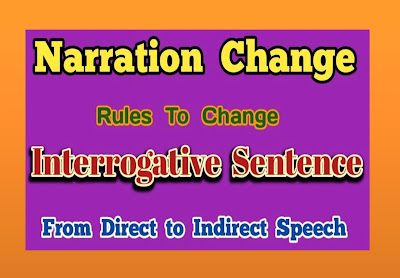Lesson Planning of Structural and Non-Structural Words Subject English Grade 10th
Lesson Planning of Structural and
Non-Structural Words
Subject English
Grade 10th
- By the end of this lesson the students will know about the word Structure or Non-Structure
- Words are the elements of a sentence. In modern English Grammar words are divided into two broad groups, as;
- Structural Words or Minor Words
- Non-Structural Words or Major Words
- Structural Words or Minor Words are also called Grammatical Words. Non- Structural Words or Major Words are also called Class Words.
- Differences between Structural Words and Non-Structural Words:
- Structural Words are used for forming the structure of a sentence. They have little meaning of their own.
- But Non-Structural Words or Major Words play the important role in conveying the meaning of a sentence.
- Only Structural Words (a, an, the, this, as, on etc.) can`t make a sentence. But only a major words (Non-Structural Word) can make a sentence (yes, no, come, stop, well, thanks, etc.)
- The same structural word (a, an, the etc.) can be used more than once in a sentence. But a non-structural word (major word) can`t be usually repeated in a sentence.
- Structural words (a, an, the, in, on, to, etc.) can`t take any prefixes or suffix but more and more new words can be formed by adding prefixes or suffixes with the non-structural words or major words(e.g. normal > abnormal ; greed > greedy, etc.)
- Structural words (a, an, the, this, by, for, etc.) have no inter-relationship while non-structural words or major words or class words have inter-relationship (e.g. happy > happiness>happily etc.)
|
Structural
Words or Minor Words |
Non-Structural Words or Major Words or Class
Words |
|
(i) Determiners (a, an, the, this, my, his,
our, etc.) |
(i) Nouns (boy, girl, cat, bat, hat, etc.) |
|
(ii) Intensifiers or down- toners |
(ii) Pronouns (I, we, he, she, they, it, etc.) |
|
(iii) Auxiliaries (shall, will, can, May, etc.) |
(iii) Adjectives (good, bad, brave, weak, etc.) |
|
(iv) Prepositions (in, on, to, for, by, with,
etc.) |
(iv) Main verbs (be, have, do, eat, play, etc.) |
|
(v) Conjunctions or linker (and, but, or, for,
as, if, though, although, however, etc.) |
(v) Adverbs (ago, always, fast, now, soon,
here, there, well, enough, badly, bravely, hardly, quietly, etc.) |
|
|
|




Comments
Post a Comment